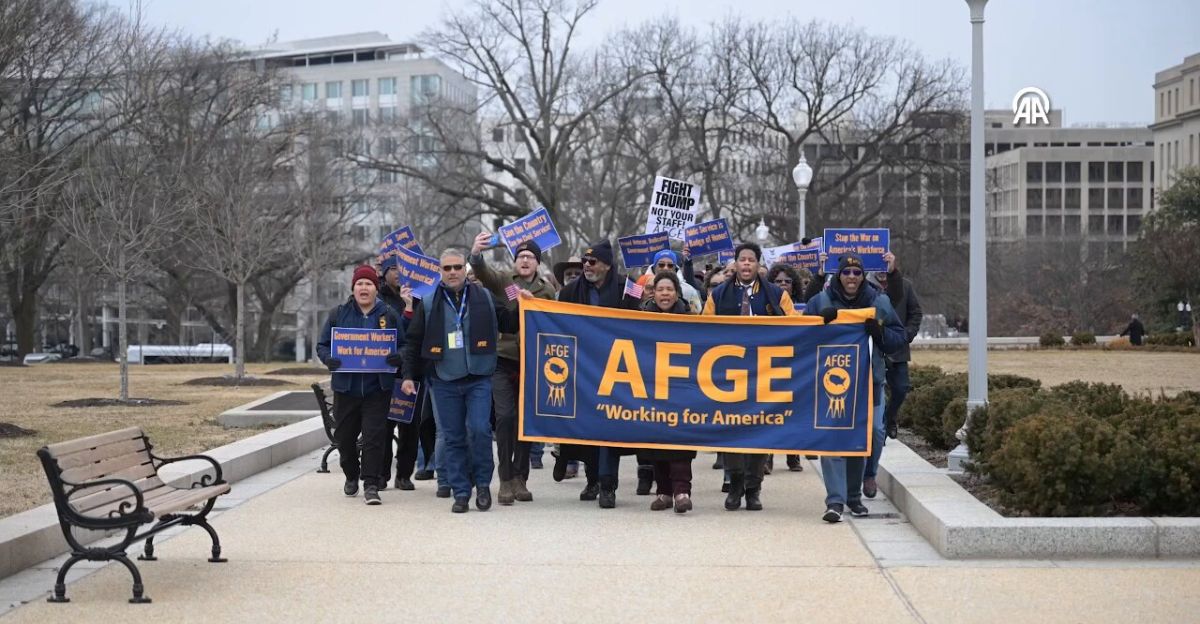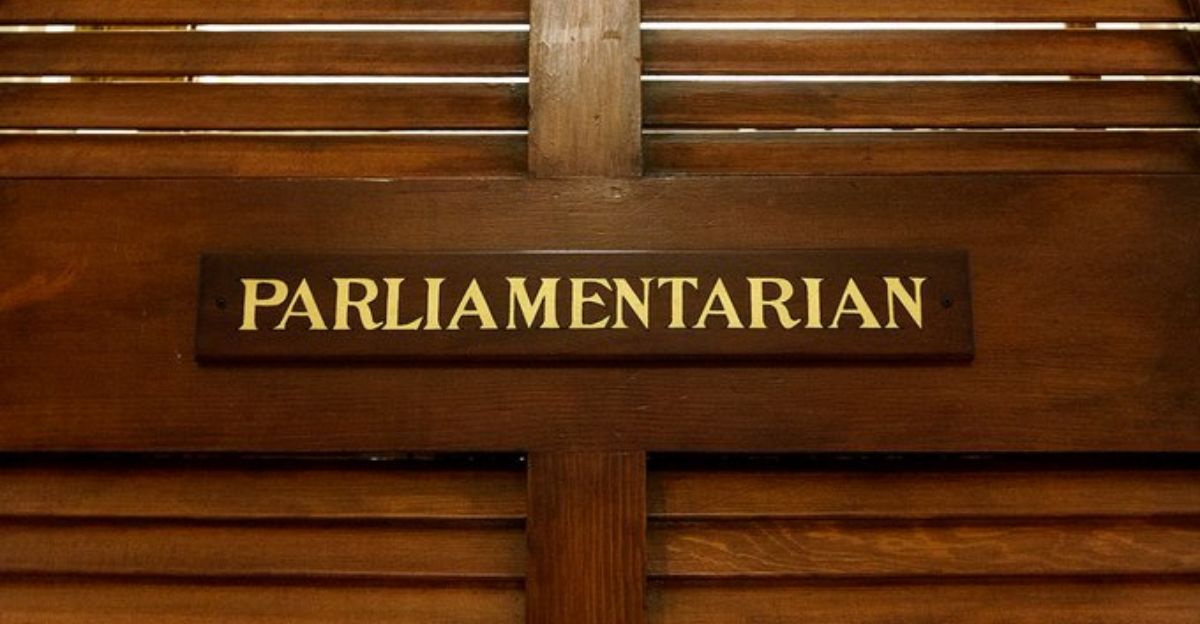
In early 2025, under President Trump’s administration, a new bill featuring a highly controversial mass layoff provision aimed at drastically reducing the federal workforce was introduced. This provision empowers the executive branch to execute large-scale federal employee layoffs without requiring Congressional approval, marking a significant shift in federal workforce management. The goal is to streamline government operations and reduce costs by cutting what the administration deems “bloated” bureaucracy.
However, this approach has sparked intense backlash from experts, policymakers, and federal employee unions who warn that such sweeping cuts could disrupt essential government functions and harm public services. The provision’s implications raise critical questions about the balance of power, government efficiency, and the potential impact on consumers relying on federal programs.
The Mass Layoff Provision Explained

The mass layoff provision is embedded in the Senate budget bill, allocating $100 million to the Office of Management and Budget (OMB) to implement workforce reductions. It is closely tied to Project 2025, a strategy advocating for sweeping cuts to the federal workforce as a core reform measure.
This provision grants the administration authority to bypass traditional Congressional oversight and accelerate layoffs through a legal and procedural framework that enables rapid Reduction in Force (RIF) actions. The OMB directs agencies to identify positions for elimination, allowing the executive branch to reshape government staffing with minimal legislative interference.
Historical Context of Federal Workforce Reductions

Federal workforce reductions are not new; the Trump administration enacted hiring freezes in 2017 and again in 2025. These freezes aimed to slow government growth and reduce spending. Over time, workforce management policies evolved to include directives requiring agencies to prepare detailed reduction plans.
Compared to prior administrations, Trump’s approach is more aggressive and ideologically driven, focusing on deep cuts and restructuring rather than incremental efficiency improvements. This marks a departure from past efforts that balanced workforce size with operational needs.
Implementation Mechanisms and Legal Challenges

The Office of Personnel Management (OPM) and OMB coordinate to direct agencies in identifying roles for layoffs, primarily using the Reduction in Force (RIF) process, which eliminates positions and terminates employees. However, the administration’s efforts have faced legal challenges, with courts issuing temporary blocks or limitations on mass layoffs.
These judicial interventions highlight a tension between the executive’s authority to manage the workforce and the judiciary’s role in protecting employee rights and ensuring due process. The ongoing legal battles create uncertainty around the full implementation of the provision.
Impact on Federal Employees and Unions

Federal employees have experienced significant disruptions, including mandatory weekly work summaries and threats of termination for non-compliance. Unions such as the American Federation of Government Employees and the National Federation of Federal Employees have actively contested the legality of these measures, arguing they violate worker protections.
The aggressive layoff strategy has led to declining morale and operational challenges within agencies as experienced workers depart and institutional knowledge is lost. This has raised concerns about the government’s ability to maintain effective service delivery.
Consumer and Public Service Implications

The reduction in federal workforce capacity poses risks to consumers and public services. Experts warn that cuts could weaken enforcement of labor standards, public safety measures, and social services, potentially understaffing critical functions.
Reduced capacity may delay or degrade services that millions of Americans rely on, from health programs to regulatory oversight. The mass layoffs threaten to impair government functions essential to protecting and serving the public interest.
Contrarian Perspectives and Supporters’ Arguments

Supporters argue that mass layoffs are necessary to reduce government costs and improve efficiency by eliminating “unproductive” programs and bureaucratic bloat. They claim the federal bureaucracy is ideologically misaligned with public needs and requires restructuring to serve citizens better.
The administration frames the layoffs as a vital reform to streamline governance, cut wasteful spending, and restore accountability in federal agencies.
Unexpected Intersections and Broader Industry Effects

The mass layoff provision intersects with other sectors, such as immigration enforcement and national security, which have seen selective exemptions or targeted workforce changes. Elon Musk’s Department of Government Efficiency (DOGE) plays a key role in enforcing hiring restrictions and layoffs, introducing tech-driven management approaches to federal restructuring.
These changes ripple out to private contractors and service providers dependent on federal operations, potentially disrupting broader industry ecosystems connected to government functions.
Statistical Data and Case Studies

Over 275,000 federal civil service layoffs have been announced, representing about 12% of the 2.4 million civilian federal workforce. Agencies like the FBI, State Department, and Department of Health and Human Services have faced significant workforce reductions and operational pauses.
Judicial interventions have temporarily halted some layoffs while employee protests and legal challenges continue. These cases illustrate the profound real-world impact of the provision on government capacity and employee livelihoods.
Future Outlook

The mass layoff provision remains highly controversial, with ongoing legal and political battles shaping its future. The Senate parliamentarian may review the requirement under the Byrd Rule, potentially influencing its fate.
The provision’s long-term effects could redefine the federal government’s capacity and relationship with public service delivery. As agencies struggle to balance cuts with operational needs, the debate continues over achieving efficient governance without compromising essential functions.